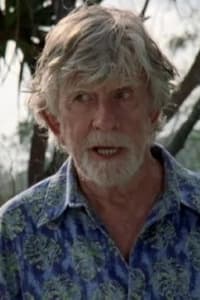Backs to the Blast: An Australian Nuclear Story
Genres
Documentary
OverView
A document of Australia's nuclear industrial history, from uranium mining and its toxic legacy to the nuclear weapons tests conducted at Maralinga in South Australia.
Others
Budget
$--
Revenue
$--
Status
Released
Original Language
English
Runtime
52 mins
Rating
0/10
Release Date
01 June 1981
Country
Australia

